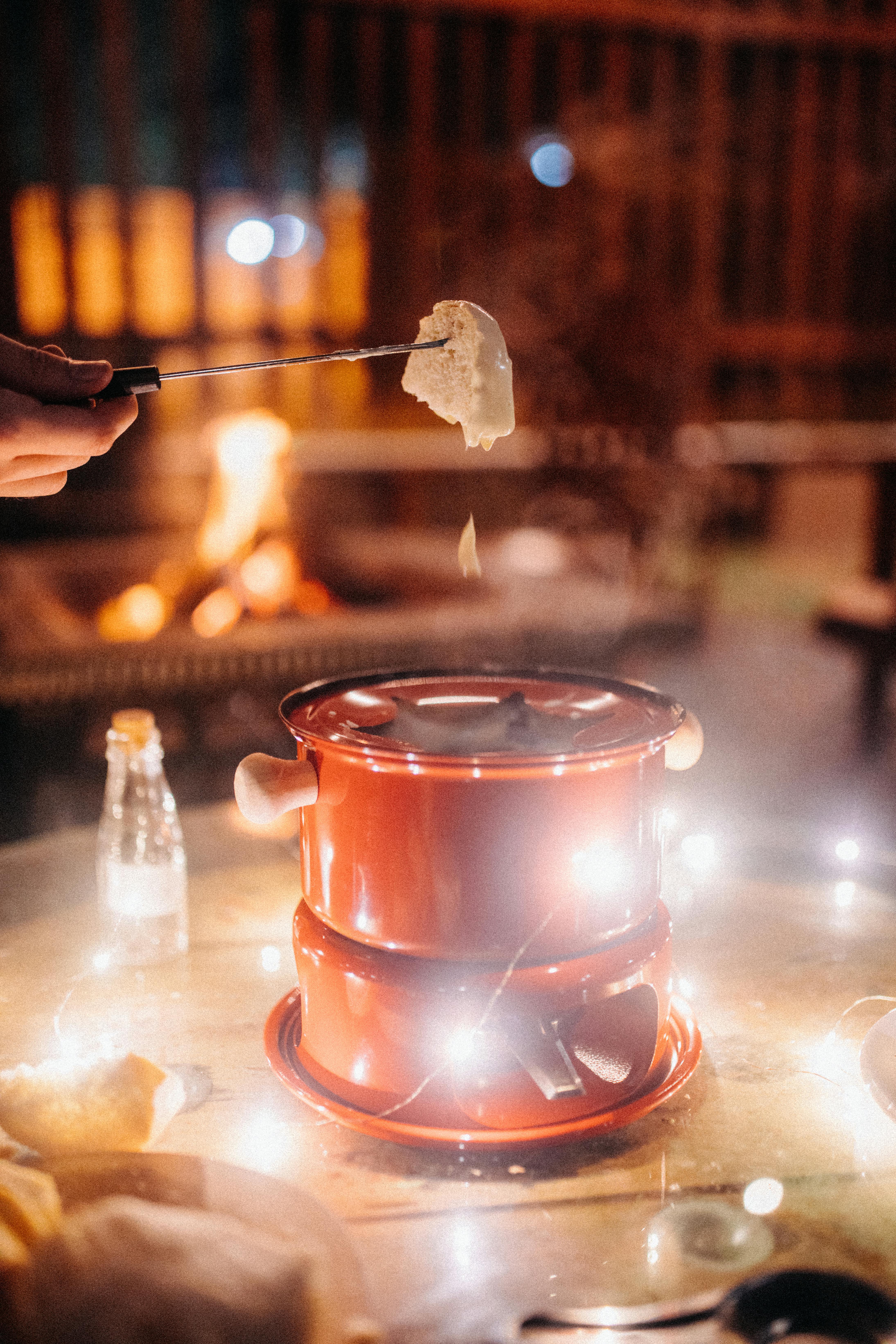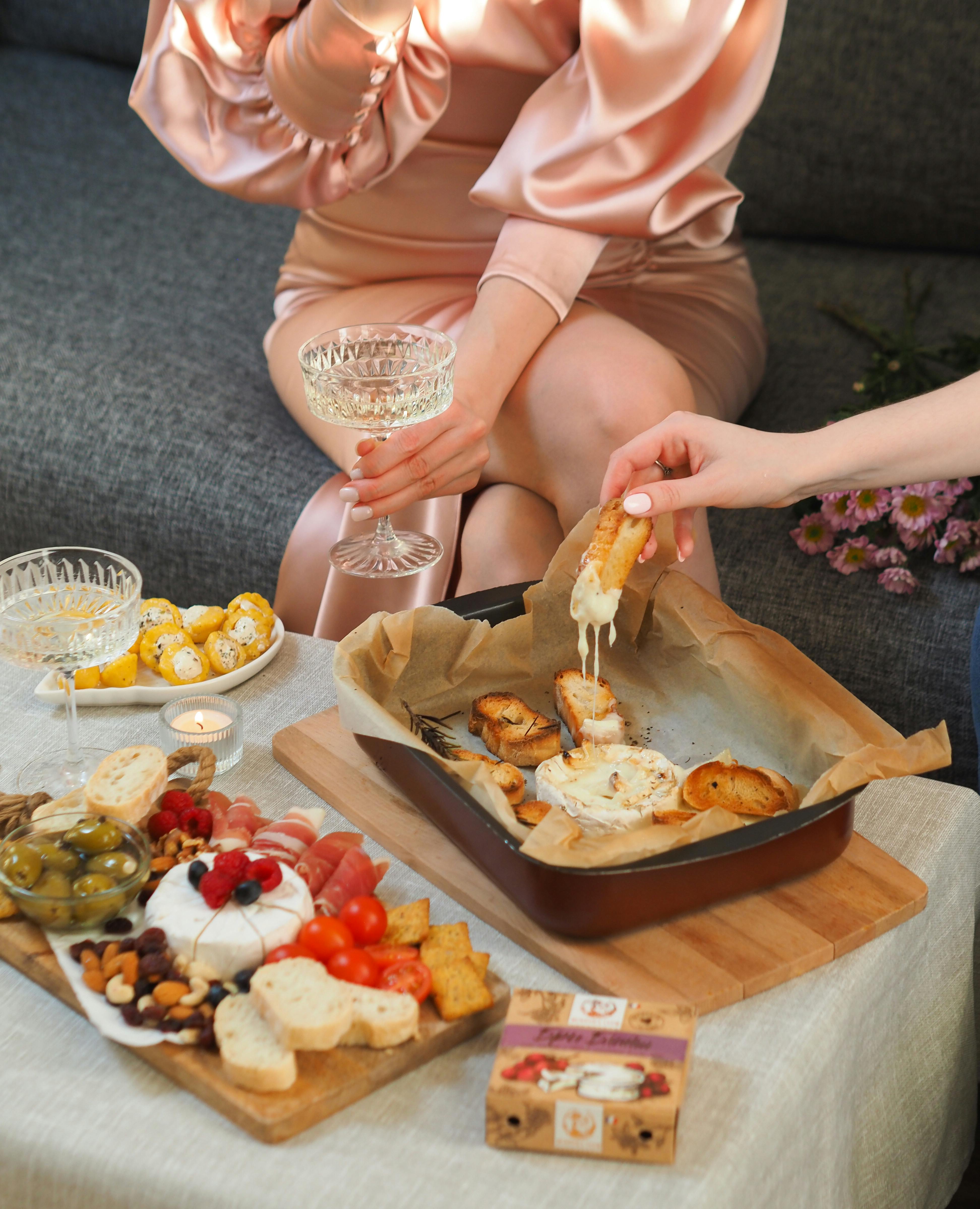Swiss Fondue Techniques: Perfect Family Gatherings Every Season
Have you ever sat at a table swirling molten cheese, laughter echoing off the walls, everyone reaching for that perfect dip? If not—let me paint you a scene. Switzerland’s fondue tradition isn’t just a winter cliché, nor a tourist trap plucked from glossy travel brochures. It’s an authentic practice, woven into the rhythm of family life, hospitality, and seasonal celebration. Classic Swiss fondue (that creamy, aromatic concoction you’re imagining right now) isn’t about perfection; it’s about presence, connection, and mastering techniques that transform a simple meal into a family ritual. Even now, three winters after I burnt my first communal pot beyond repair, my approach is still evolving. And that’s the beauty.
Here’s what struck me: most online fondue “guides” skip straight to generic recipes, ignoring the subtle, living art behind the experience. They rarely account for the tension between tradition and creativity, the family feuds over cheese blends, and the role seasonal ingredients play—plus all those tiny, embarrassing mistakes nobody warns you about. That gap is precisely where genuine fondue mastery begins. Let’s tackle this together, unearthing Swiss expert secrets (but without fussiness), embracing seasonal adjustments, and helping you serve flawless fondue, whether it’s January snow or August sunshine.
Origin and Seasonal Meaning of Swiss Fondue
Let’s step back a moment. Swiss fondue’s roots aren’t just culinary—they’re communal. Traditionally, fondue originated as a practical solution for preserving cheese and bread during harsh Alpine winters. Nowadays, every season brings its own twist; I’ve watched Swiss families integrate wild herbs in spring and even pumpkin in autumn. What’s really important isn’t strict “authenticity,” but the way fondue adapts to family rhythms, holidays, and local produce. And, funny thing is, it’s not reserved for fancy dinners—some of my favorite gatherings have been impromptu, kids swirling forks, and everyone muddling through spilled wine and scorched rinds.
That sense of ongoing adaptation (not rigid tradition) distinguishes true fondue experts. In my experience, every gathering evolves—with the weather and the company. Sometimes you want silkiness; other times, a rustic heft. The only mistake? Treating fondue as a one-size-fits-all affair.
Essential Equipment: Choosing Pots, Burners, and Tools
Now, before diving into the technical bits, let’s address a common myth: any old pot will do. Truth is, equipment shapes the entire experience—affecting texture, safety, and even family dynamics. Back when I first started, I used a thin steel pan, only to char the cheese and start a minor kitchen fire. Lesson learned: choose your caquelon carefully. Here is a breakdown, based on Swiss expert recommendations and my own misfires:
| Fondue Pot Type | Best For | Pros | Cons |
|---|---|---|---|
| Ceramic (Classic Caquelon) | Cheese Fondue | Even heat, authentic look | Can crack if overheated |
| Cast Iron (Enameled) | Cheese & Meat Fondue | Retains heat, rustic charm | Heavy, may stick |
| Stainless Steel | Broth & Oil Fondues | Quick heating, easy clean | Uneven cheese melting |
Burners matter too: traditional spirit burners are charming but finicky, while modern electric models control temperature reliably. I go back and forth—sometimes the ritual of striking a match is worth the unpredictability. Don’t forget long-fork sets (ideally color-coded for family peace)—they’re lifesavers.
Authentic Swiss Cheese Selection
Ever experienced a stringy, rubbery fondue that refuses to melt? I have—more than once, actually—and it almost always came down to cheese choice. Swiss experts lean toward blends, and the ratio matters. The classic combo: Gruyère and Emmental. These are more than just marketing terms—each brings a different texture and flavor depth, and every canton swears by its own “just right” formula1. My mentor, an aged cheesemaker near Lake Geneva, insisted that you should sample the cheese before buying. If it smells grassy, you’re on the right track. If it’s too sharp, go easy.
- Gruyère: Nutty, creamy, melts seamlessly
- Emmental: Subtle sweetness, signature holes, adds elasticity
- Appenzeller: Spicy note, seeps into autumn blends
- Vacherin Fribourgeois: Used in Moitié-Moitié (half-half) mixes, softer consistency
What really excites me is exploring local variations. Last spring, I visited the Jura—there, families slip in Tête de Moine for a grassy twist, especially in March. That regional playfulness is part of what makes fondue so versatile. If you’re shopping outside Switzerland, prioritise quality over origin: a young Gruyère beats any mass-produced “Swiss blend” on a supermarket shelf.
Expert Preparation Steps
Everyone seems to have their “best” prep method—here’s a version that combines Swiss tradition and a few modern tweaks I’ve picked up through trial, error, and stubbornness. And, honest moment: don’t trust guides that promise “guaranteed results,” because ambient humidity, altitude, and even mood impact your fondue.
- Rub the caquelon with a raw garlic clove (infuses subtle aroma).
- Add wine and lemon juice at room temperature—never cold (prevents clumping).
- Slowly introduce grated cheese on low heat, stirring non-stop until melted.
- Incorporate cornstarch slurry (about 1-2 teaspoons per kilo of cheese) only when cheese is just melted—this stabilizes and smooths the blend.
- Season with white pepper and nutmeg—never salt until the very end.
- Once glossy and homogenous, transfer to the burner and maintain gentle heat.
Seasonal Ingredient Twists
Let’s shake up “classic” fondue a bit. The Swiss tradition rewards using whatever’s fresh and local. In winter, it’s all about robust cheeses, crusty breads, and root vegetables. Come spring, I toss in blanched wild garlic and ramps—learned this from a local grandmother in Vaud who swore by it. Summer fondue (yes, it works!) shines with cherry tomatoes, lightly toasted sourdough, and even steamed green beans. In fall, you’ll see roasted pumpkin cubes (trust me on this one), walnuts, and rye bread hits. The secret is balancing richness with vibrant, contrasting dips.
- Winter: Hearty potato cubes, smoked bacon morsels, whole grain bread
- Spring: Wild herbs, steamed asparagus tips, radish quarters
- Summer: Fresh tomatoes, sourdough chunks, mild peppers
- Autumn: Roasted pumpkin, rye, walnuts, poached pears
Based on my years experimenting (and ruining more pots than I care to admit) it’s worth matching side salads and drinks to the season, too. There’s a reason Swiss families serve tart white wine in summer and spiced cider or black tea in winter—it cuts the cheese’s richness and enhances the entire meal.
Family Rituals, Social Dynamics, and Fondue Etiquette
Fondue etiquette is serious business—in Switzerland, getting it “wrong” may lead to playful teasing or, occasionally, full-blown bread wars. Here’s the gist, get ready:
- Never double-dip—trust me, your relatives will notice.
- If your bread falls in, traditional rule: you owe the host a bottle of wine.
- Swirl clockwise, not just for show but to keep the cheese moving.
- Use the right fork—avoid eating directly from communal fork.
I’ll be honest: I used to skip the etiquette (“not my style, I thought”). But after offending a Swiss grandmother (and receiving a lecture on cheese, friendship, and honor), I always honour the rituals. They are what transform a meal into a memory.

Common Pitfalls and How to Recover
You know the old cliché, “Fondue never fails!”? It’s usually said by people who’ve never cooked it themselves. Over my years hosting (sometimes disastrous) family fondue nights, I’ve landed in nearly every pitfall imaginable—or so I thought, until my niece managed to set off the smoke alarm with a flaming cheese crust. Authentic mastery is about knowing how to fix what goes wrong. Here’s what typically derails fondue, and honest ways to fix it.
- Stringy, rubbery cheese: Caused by overheating. Remove from heat, whisk in a splash of wine or lemon juice, and stir gently.
- Clumping or separation: Usually from adding cold wine or cheese. Add more starch slurry and stir patiently.
- Burnt bottom: Ignore the crust, call it “La Religieuse” (the Nun)—serve pieces as a late-night treat, as Swiss do3.
- Grainy texture: Caused by using pre-shredded cheese with additives—next time, always grate fresh cheese.
On second thought, what really matters isn’t perfection but patience and adaptability. You’ll learn to smile through setbacks and treat “mistakes” as new traditions. For example, my family now expects a “bonus” round of crispy cheese bits after every meal—born straight from error.
Advanced Fondue Tweaks: Beyond Basics
Once you master the foundations, tweak freely. Over the years, I’ve interviewed Swiss chefs, experimented with trending twists, and even run informal “fondue science” trials during snowy weekends. Key upgrades:
- Infuse with herbs: Thyme, rosemary, or sage—briefly steeped in wine for aroma.
- Add mushrooms sautéed in butter for earthiness.
- Spicy? Use a pinch of mustard or crushed black pepper.
- Switch bread for blanched vegetables—broccoli, cauliflower, even blanched sweet potato.
I’ve found that a sprinkle of white wine vinegar at the end lifts everything—learned this from a Zurich chef who swore it kept the crowd lively. And let’s not forget the joy of surprise: last December, my family discovered that pickled onions paired shockingly well with snowy winter cheese fondue.
Case Study: Family Fondue Night Seasonal Comparison
| Season | Ingredient Highlight | Atmosphere | Family Feedback |
|---|---|---|---|
| Winter | Gruyère, root veg, potatoes | Cozy, candlelit | “Comforting, rich, crowd-pleaser” |
| Spring | Wild herbs, Emmental | Fresh, airy | “Bright, refreshing, lighter” |
| Summer | Tomatoes, green beans | Outdoor, lively | “Unexpected, fun, balanced” |
| Autumn | Pumpkin, rye, walnuts | Warm, golden, nostalgic | “Earthy, memorable, conversation starter” |
What I love here is the way each season shapes not only the food, but the entire family mood and energy. In summer, the laughter gets louder outdoors, bread cubes fly farther, and new traditions take root. If you ask me, fondue is one of the last living meals where dinner adapts to the day, not the other way around.
Fondue for Mixed Dietary Needs: Adaptations
Over time, my fondue practice shifted as family members reported dietary restrictions—gluten, dairy, you name it. Swiss cooks typically stay rooted in classical cheese-plus-bread, but there’s room for adaptation:
- Gluten-free: Try roasted polenta cubes, gluten-free baguettes, or crispy rice cakes.
- Lactose intolerance: Use aged hard cheeses, which contain less lactose, or try a vegan cashew-based “No-Fondue”.
- Low-sodium: Select young Emmental and fresh dippers, and restrict added salts.
The truth? No dinner is perfect, and fondue’s true strength comes from inclusion and adaptability—not rigid rules. Adjust, test, and let each family gathering teach its own lesson (minor disasters included).
Fondue Mastery: Key Takeaways for Perfect Family Gatherings
Circling back, what I’ve consistently found—whether in snowy Swiss cottages or bustling urban homes—is that fondue mastery is a journey, not a set of instructions. You’ll trip up, burn cheese, offend a stickler aunt, and somehow these moments become anchored family legends. Mastering Swiss fondue for family gatherings requires:
- Choosing quality, seasonal cheeses and experimenting with local tweaks
- Investing in good equipment—and knowing it’s not infallible
- Understanding the role of ritual and etiquette to elevate ordinary meals
- Recovering gracefully from mistakes (they’re inevitable, and often delicious)
- Prioritising connection above perfection—fondue is always best when shared freely and with genuine joy
Looking Forward: Updating and Repurposing Fondue Rituals
Here’s the thing—fondue’s power isn’t locked in tradition, but in its infinite adaptability. As food trends shift, family structures change, and seasons roll by, keep refining your approach. Update cheese blends with local finds. Repurpose gathering photos, case studies, and seasonal tweaks for social media, newsletter features, or holiday cookbook chapters. Last year, my own “spring wild herb fondue” became a community potluck hit, inspiring neighbours to launch their own fondue nights. The ripple effect—honest mistakes, laughter, new recipes—is what keeps this tradition evergreen.
I’m still learning, tweaking, embarrassing myself in front of friends, and rediscovering what makes classic dishes meaningful. If your fondue journey begins with this guide, pass the torch: update, personalise, and teach the next cook. Rituals survive not because they’re fixed, but because they’re loved.
References



